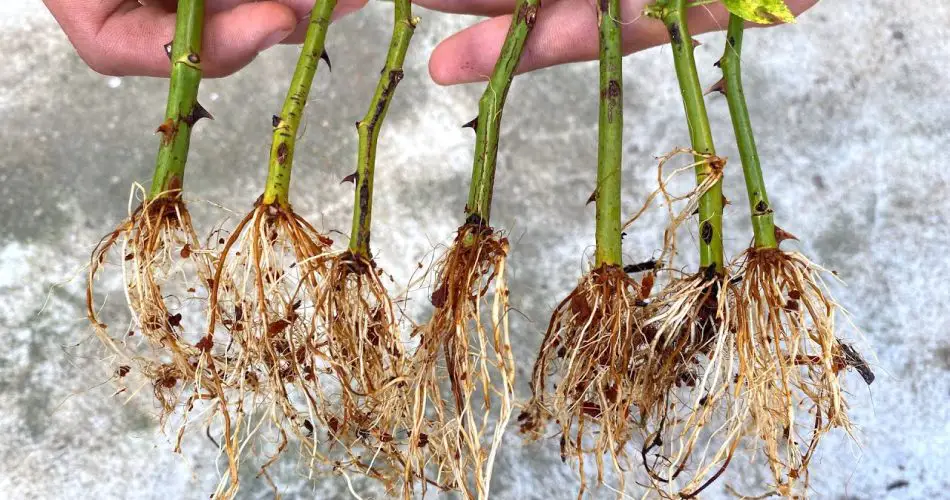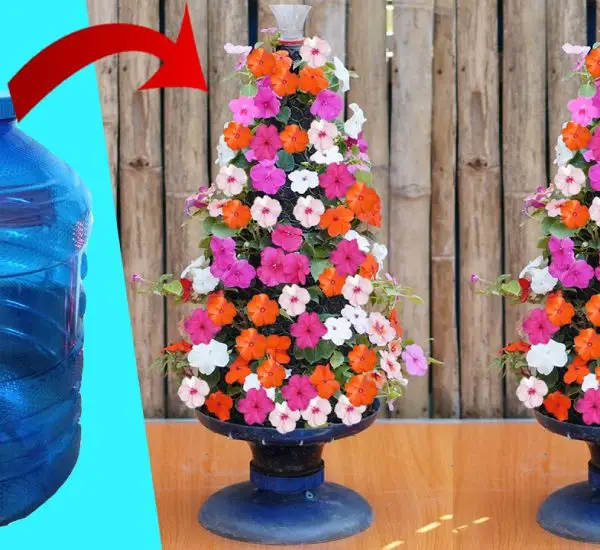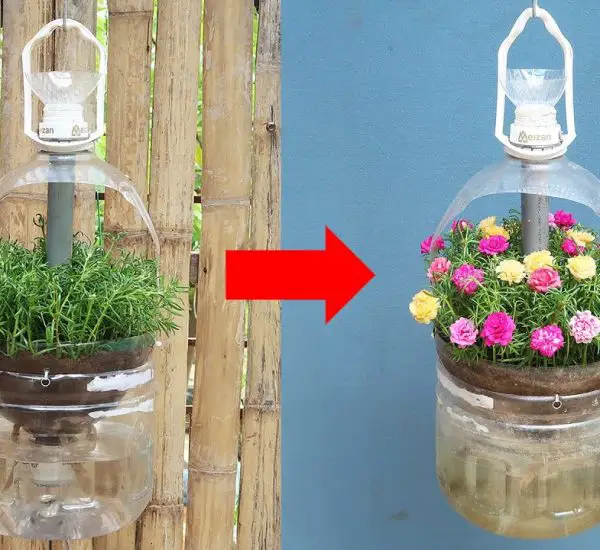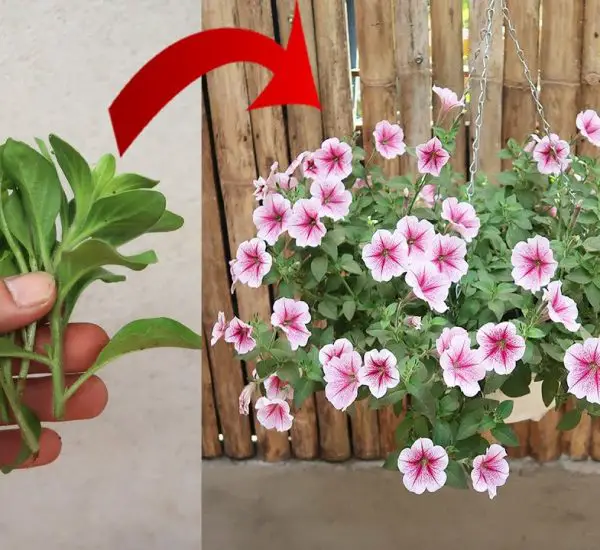Growing roses is a rewarding experience, offering beauty and fragrance in gardens and homes alike. One of the most effective ways to grow roses is through cutting propagation, which allows you to create new plants from existing ones. Using coconut fiber as a growing medium has gained popularity due to its excellent drainage, moisture retention, and natural properties that support root development. Here’s a step-by-step guide on how to cut roses in coconut fiber and grow healthy, vibrant rose plants.
Why Choose Coconut Fiber for Rose Cuttings?

Coconut fiber, or coir, is an eco-friendly growing medium derived from the husk of coconuts. It’s a popular choice among gardeners due to several key benefits:
- Improved drainage: Coconut fiber prevents waterlogging, ensuring that rose cuttings don’t sit in stagnant water, which can cause rot.
- Moisture retention: While it drains well, coir also holds moisture, which is essential for rooting.
- Natural and sustainable: Coconut fiber is biodegradable and a great alternative to peat moss, which can be harmful to the environment.
Using coconut fiber can help create the perfect conditions for your rose cuttings to root and thrive.
Step-by-Step Guide for Cutting Roses in Coconut Fiber
1. Select Healthy Rose Cuttings
- Choose a healthy, mature rose bush to take cuttings from. Look for stems that are about 4-6 inches long, free of disease, and with no visible damage.
- Cuttings should be taken from new growth, preferably just below a node (a small bump where leaves and branches grow).
- Use a sharp, clean knife or garden scissors to make a clean cut, as jagged edges can hinder root growth.
2. Prepare the Rose Cuttings
- Remove any leaves from the lower part of the cutting, leaving only a few at the top.
- You can dip the cut end of the stem into rooting hormone to encourage faster rooting, although this is optional. Rooting hormone helps stimulate the growth of roots.
- Trim the top of the cutting slightly, making a small diagonal cut to promote healing.
3. Prepare the Coconut Fiber
- Fill a small pot or tray with coconut fiber. You can either use loose coir or compressed blocks that expand when hydrated.
- Moisten the coconut fiber with water until it’s damp, but not soaking wet. The cutting needs a moist environment, but excess moisture can lead to rot.
- Ensure that the coconut fiber is well-draining by breaking up any large chunks of coir and fluffing it up.
4. Insert the Cutting into the Coconut Fiber
- Make a small hole in the coconut fiber using a pencil or stick.
- Gently place the rose cutting into the hole, ensuring the cut end is buried about 2 inches deep.
- Press the coconut fiber around the cutting gently to secure it in place.
5. Create a Humid Environment
- To encourage rooting, the cutting needs a high humidity environment. Cover the pot with a clear plastic bag or place it in a mini greenhouse.
- Ensure that the plastic does not touch the cutting by using stakes or small supports.
- Keep the cutting in a bright, indirect light location. Avoid direct sunlight, as it can cause overheating and drying out.
6. Watering and Care
- Water the coconut fiber regularly to keep it moist, but be careful not to overwater. Ensure that any excess water can drain out.
- Check the cutting every few days to see if it is showing signs of new growth or roots. You can gently tug on the cutting to see if it resists, which is a good sign that roots have started forming.
7. Transplanting the Rooted Rose Cuttings
- After about 3-6 weeks, the cutting should have developed a good root system.
- Once the roots are visible and the cutting is well-established, transplant it into a larger pot with well-draining soil or directly into your garden.
- Gradually acclimate the new plant to more sunlight and outdoor conditions if you’re planting it outside.
Rose Care Tips for Healthy Growth
Once your rose cutting has rooted and is growing, here are some essential tips for ongoing care:
- Watering: Roses need regular watering, but avoid waterlogging. Water the soil when the top inch is dry, and ensure the plant has proper drainage.
- Fertilizing: Use a balanced rose fertilizer to encourage healthy growth. Fertilize every 4-6 weeks during the growing season (spring and summer).
- Pruning: Regularly prune your rose plant to remove dead or damaged growth. This helps encourage more blooms and maintain a tidy shape.
- Sunlight: Roses love sunlight. Ensure your rose plant gets at least 6 hours of direct sunlight daily for optimal growth and blooming.
- Pest control: Keep an eye out for pests like aphids and spider mites, and treat them promptly to avoid damage to your plant.
Conclusion
Growing roses from cuttings in coconut fiber is a simple and effective method to propagate new plants. By following the right steps and providing the proper care, you can easily grow beautiful roses right from your home or garden. Coconut fiber creates the perfect environment for rooting, and with patience and attention, your rose cuttings will flourish into healthy, blooming plants. Happy gardening!



